Simplified Architecture of 5G Millimeter-wave Retrodirective Array and Its Implementation in CMOS Chips
-
摘要: 该文首次报道了一种极简构架的5G毫米波反向阵设计原理及其CMOS芯片实现技术。该毫米波反向阵极简构架,利用次谐波混频器提供相位共轭和阵列反向功能,无需移相电路及波束控制系统,便可实现波束自动回溯移动通信功能。该文采用国产0.18 μm CMOS工艺研制了5G毫米波反向阵芯片,包括发射前端、接收前端及跟踪锁相环等核心模块,其中发射及接收前端芯片采用次谐波混频及跨导增强等技术,分别实现了19.5 dB和18.7 dB的实测转换增益。所实现的跟踪锁相环芯片具备双模工作优势,可根据不同参考信号支持幅度调制及相位调制,实测输出信号相噪优于–125 dBc/Hz@100 kHz。该文给出的测试结果验证了所提5G毫米波反向阵通信架构及其CMOS芯片实现的可行性,从而为5G/6G毫米波通信探索了一种架构极简、成本极低、拓展性强的新方案。Abstract: For the first time, a simplified architecture for 5G millimeter-wave retrodirective arrays and its implementation in CMOS chips is reported in this paper. Phase conjugation and retrodirective functions are provided by sub-harmonic mixers in the simplified architecture, eliminating the need for phase-shifting circuits and beam-controlling systems, thereby enabling automatic beam tracking for mobile communications. For validation, a domestic 0.18 μm CMOS process is employed to realize a 5G millimeter-wave retrodirective array chip, comprising core modules such as the transceiver front-ends and tracking phase-locked loop. Measured conversion gains of 19.5 dB for transmitting and 18.7 dB for receiving are achieved by the transceiver front-end chip utilizing sub-harmonic mixing and gm-boosting techniques. Dual-mode operation capabilities, supporting both amplitude modulation and phase modulation based on different reference signals, are provided by the implemented tracking phase-locked loop chip, with measured output signal phase noise lower than –125 dBc/Hz@100 kHz. The feasibility of the proposed 5G millimeter-wave retrodirective array communication architecture and its CMOS chip implementation is validated by the test results presented in this paper, thus offering a new solution for 5G/6G millimeter-wave communication characterized by its extremely simplified architecture, low cost, and high scalability.
-
表 1 下变频次谐波混频器性能对比总结
表 2 低噪声放大器性能对比总结
表 3 上变频次谐波混频器性能对比总结
表 4 功率放大器性能对比总结
-
[1] YU Yiming, CHEN Zhilin, ZHAO Chenxi, et al. A 39 GHz dual-channel transceiver chipset with an advanced LTCC package for 5G multi-beam MIMO systems[J]. Engineering, 2023, 22: 125–140. doi: 10.1016/j.eng.2022.04.023. [2] BOCCARDI F, HEATH R W, LOZANO A, et al. Five disruptive technology directions for 5G[J]. IEEE Communications Magazine, 2014, 52(2): 74–80. doi: 10.1109/MCOM.2014.6736746. [3] RAPPAPORT T S, SUN Shu, MAYZUS R, et al. Millimeter wave mobile communications for 5G cellular: It will work![J]. IEEE Access, 2013, 1: 335–349. doi: 10.1109/ACCESS.2013.2260813. [4] RAPPAPORT T S, XING Yunchou, KANHERE O, et al. Wireless communications and applications above 100 GHz: Opportunities and challenges for 6G and beyond[J]. IEEE Access, 2019, 7: 78729–78757. doi: 10.1109/ACCESS.2019.2921522. [5] YI Yongran, ZHAO Dixian, ZHANG Jiajun, et al. A 24–29.5-GHz highly linear phased-array transceiver front-end in 65-nm CMOS supporting 800-MHz 64-QAM and 400-MHz 256-QAM for 5G new radio[J]. IEEE Journal of Solid-State Circuits, 2022, 57(9): 2702–2718. doi: 10.1109/JSSC.2022.3169588. [6] WANG Yun, WU Rui, PANG Jian, et al. A 39-GHz 64-element phased-array transceiver with built-in phase and amplitude calibrations for large-array 5G NR in 65-nm CMOS[J]. IEEE Journal of Solid-State Circuits, 2020, 55(5): 1249–1269. doi: 10.1109/JSSC.2020.2980509. [7] SKOLNIK M and KING D. Self-phasing array antennas[J]. IEEE Transactions on Antennas and Propagation, 1964, 12(2): 142–149. doi: 10.1109/TAP.1964.1138179. [8] FUSCO V and BUCHANAN N. Developments in retrodirective array technology[J]. IET Microwaves, Antennas & Propagation, 2013, 7(2): 131–140. doi: 10.1049/iet-map.2012.0565. [9] FUSCO V F and KARODE S L. Self-phasing antenna array techniques for mobile communications applications[J]. Electronics & Communication Engineering Journal, 1999, 11(6): 279–286. doi: 10.1049/ecej:19990608. [10] BUCHANAN N B, FUSCO V F, and VAN DER VORST M. SATCOM retrodirective array[J]. IEEE Transactions on Microwave Theory and Techniques, 2016, 64(5): 1614–1621. doi: 10.1109/TMTT.2016.2541121. [11] BRENNAN P V. An experimental and theoretical study of self-phased arrays in mobile satellite communications[J]. IEEE Transactions on Antennas and Propagation, 1989, 37(11): 1370–1376. doi: 10.1109/8.43556. [12] DING Yuan, BUCHANAN N B, FUSCO V F, et al. Analog/digital hybrid delay-locked-loop for K/Ka band satellite retrodirective arrays[J]. IEEE Transactions on Microwave Theory and Techniques, 2018, 66(7): 3323–3331. doi: 10.1109/TMTT.2018.2829714. [13] REN Y J and CHANG Kai. New 5. 8-GHz circularly polarized retrodirective rectenna arrays for wireless power transmission[J]. IEEE Transactions on Microwave Theory and Techniques, 2006, 54(7): 2970–2976. doi: 10.1109/TMTT.2006.877422. [14] GUO Jiacheng, WANG Jun, and HU Sanming. Circularly polarized retrodirective array for far-field wireless power transfer[C]. 2019 IEEE Asia-Pacific Microwave Conference (APMC), Singapore, 2019: 429–431. doi: 10.1109/APMC46564.2019.9038263. [15] CHAN P and FUSCO V. Bi-static 5.8 GHz RFID range enhancement using retrodirective techniques[C]. 2011 41st European Microwave Conference, Manchester, UK, 2011: 976–979. doi: 10.23919/EuMC.2011.6101753. [16] DARDARI D, LOTTI M, DECARLI N, et al. Establishing multi-user MIMO communications automatically using retrodirective arrays[J]. IEEE Open Journal of the Communications Society, 2023, 4: 1396–1416. doi: 10.1109/OJCOMS.2023.3289326. [17] ETTORRE M, ALOMAR W A, and GRBIC A. 2-D Van Atta array of wideband, wideangle slots for radiative wireless power transfer systems[J]. IEEE Transactions on Antennas and Propagation, 2018, 66(9): 4577–4585. doi: 10.1109/TAP.2018.2851197. [18] LI Ying and JANDHYALA V. Design of retrodirective antenna arrays for short-range wireless power transmission[J]. IEEE Transactions on Antennas and Propagation, 2012, 60(1): 206–211. doi: 10.1109/TAP.2011.2167897. [19] GUO Jiacheng, SHEN Yizhu, YE Kai, et al. Differential retrodirective array with integrated circuits in low-cost 0.18 μm CMOS for automatic tracking[J]. IEEE Transactions on Antennas and Propagation, 2022, 70(2): 1587–1590. doi: 10.1109/TAP.2021.3111206. [20] VAN ATTA L G. Electromagnetic reflector[P]. U. S. , 2908002, 1959. [21] PON C. Retrodirective array using the heterodyne technique[J]. IEEE Transactions on Antennas and Propagation, 1964, 12(2): 176–180. doi: 10.1109/TAP.1964.1138191. [22] GUO Jiacheng, SHEN Yizhu, DONG Guoqing, et al. A retrodirective array enabled by CMOS chips for two-way wireless communication with automatic beam tracking[J]. Engineering, 2024. doi: 10.1016/j.eng.2023.12.010. [23] CHEN W K. Theory and design of broadband matching networks: Applied electricity and electronics[M]. Oxford: Pergamon, 2013. [24] CAULTON M, HERSHENOV B, KNIGHT S P, et al. Status of lumped elements in microwave integrated circuits-present and future[J]. IEEE Transactions on Microwave Theory and Techniques, 1971, 19(7): 588–599. doi: 10.1109/TMTT.1971.1127586. [25] QIAN Yun, SHEN Yizhu, and HU Sanming. Millimeter-wave CMOS low-noise amplifier with high gain and compact footprint[J]. IEEE Microwave and Wireless Technology Letters, 2023, 33(6): 699–702. doi: 10.1109/LMWT.2023.3246166. [26] 胡楚悠. 硅基毫米波功率放大器芯片设计[D]. [硕士论文]. 东南大学, 2022. doi: 10.27014/d.cnki.gdnau.2022.003381.HU Chuyou. Design of silicon-based millimeter-wave power amplifier chip[D]. [Master dissertation], Southeast University, 2022. doi: 10.27014/d.cnki.gdnau.2022.003381. [27] HE Shan and SAAVEDRA C E. An ultra-low-voltage and low-power ×2 subharmonic downconverter mixer[J]. IEEE Transactions on Microwave Theory and Techniques, 2012, 60(2): 311–317. doi: 10.1109/TMTT.2011.2178259. [28] WU T H and MENG C. 10-GHz highly symmetrical sub-harmonic Gilbert mixer using GaInP/GaAs HBT technology[J]. IEEE Microwave and Wireless Components Letters, 2007, 17(5): 370–372. doi: 10.1109/LMWC.2007.895717. [29] HUNG S H, LEE Y C, SU Chunchi, et al. High-isolation millimeter-wave subharmonic monolithic mixer with modified quasi-circulator[J]. IEEE Transactions on Microwave Theory and Techniques, 2013, 61(3): 1140–1149. doi: 10.1109/TMTT.2013.2244229. [30] GUAN Xiang and HAJIMIRI A. A 24-GHz CMOS front-end[J]. IEEE Journal of Solid-State Circuits, 2004, 39(2): 368–373. doi: 10.1109/JSSC.2003.821783. [31] YU K W, LU Y L, CHANG D C, et al. K-band low-noise amplifiers using 0.18 μm CMOS technology[J]. IEEE Microwave and Wireless Components Letters, 2004, 14(3): 106–108. doi: 10.1109/LMWC.2004.825175. [32] HSIEH K A, WU H S, TSAI K H, et al. A dual-band 10/24-GHz amplifier design incorporating dual-frequency complex load matching[J]. IEEE Transactions on Microwave Theory and Techniques, 2012, 60(6): 1649–1657. doi: 10.1109/TMTT.2012.2191303. [33] TSAI J H, HSIEH Y Y, and LIU W H. A 27–44 GHz CMOS dual-ring subharmonic up-conversion mixer with linearization technique[J]. IEEE Microwave and Wireless Components Letters, 2022, 32(4): 347–350. doi: 10.1109/LMWC.2021.3124587. [34] SU Chunchi, LIU C H, LIN C M, et al. A 24–44 GHz broadband subharmonic mixer with novel isolation-enhanced circuit[J]. IEEE Microwave and Wireless Components Letters, 2015, 25(2): 124–126. doi: 10.1109/LMWC.2014.2382688. [35] LEE H S, MYEONG J, and MIN B W. A 26GHz CMOS 3× subharmonic mixer with a fundamental frequency rejection technique[J]. IEEE Access, 2020, 8: 122986–122996. doi: 10.1109/ACCESS.2020.3007316. [36] KOMIJANI A, NATARAJAN A, and HAJIMIRI A. A 24-GHz, +14.5-dBm fully integrated power amplifier in 0.18μm CMOS[J]. IEEE Journal of Solid-State Circuits, 2005, 40(9): 1901–1908. doi: 10.1109/JSSC.2005.848143. [37] MOSALAM H, ALLAM A, ABDEL-RAHMAN A, et al. A high-efficiency good linearity 21 to 26.5 GHz fully integrated power amplifier using 0.18 μm CMOS technology[C]. 2016 IEEE 59th International Midwest Symposium on Circuits and Systems (MWSCAS), Abu Dhabi, United Arab Emirates, 2016: 1–4. doi: 10.1109/MWSCAS.2016.7870065. [38] DIDOMENICO L D and REBEIZ G M. Digital communications using self-phased arrays[J]. IEEE Transactions on Microwave Theory and Techniques, 2001, 49(4): 677–684. doi: 10.1109/22.915442. [39] LEONG K M K H, WANG Yuanxun, and ITOH T. A full duplex capable retrodirective array system for high-speed beam tracking and pointing applications[J]. IEEE Transactions on Microwave Theory and Techniques, 2004, 52(5): 1479–1489. doi: 10.1109/TMTT.2004.827025. -





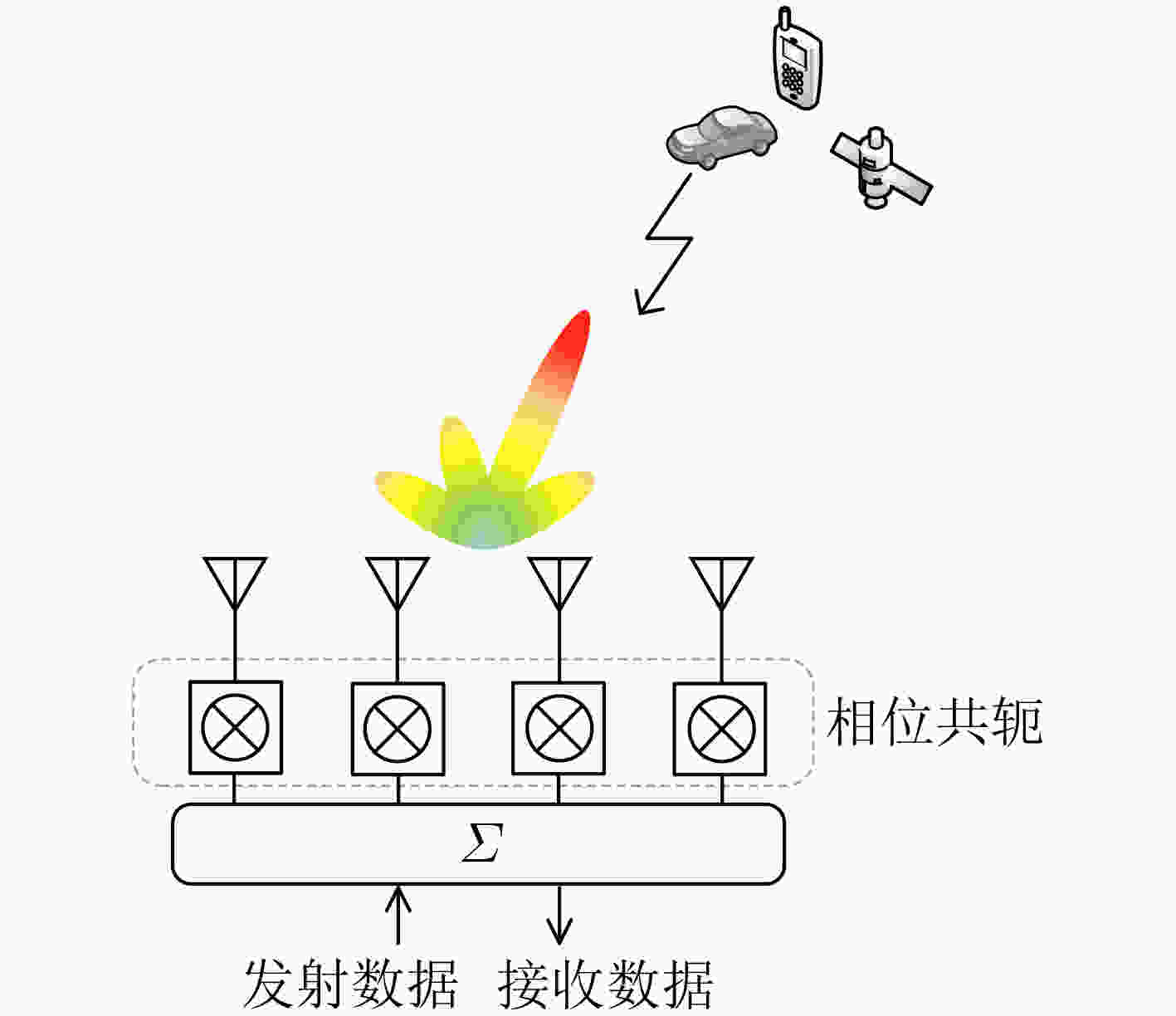
 下载:
下载:
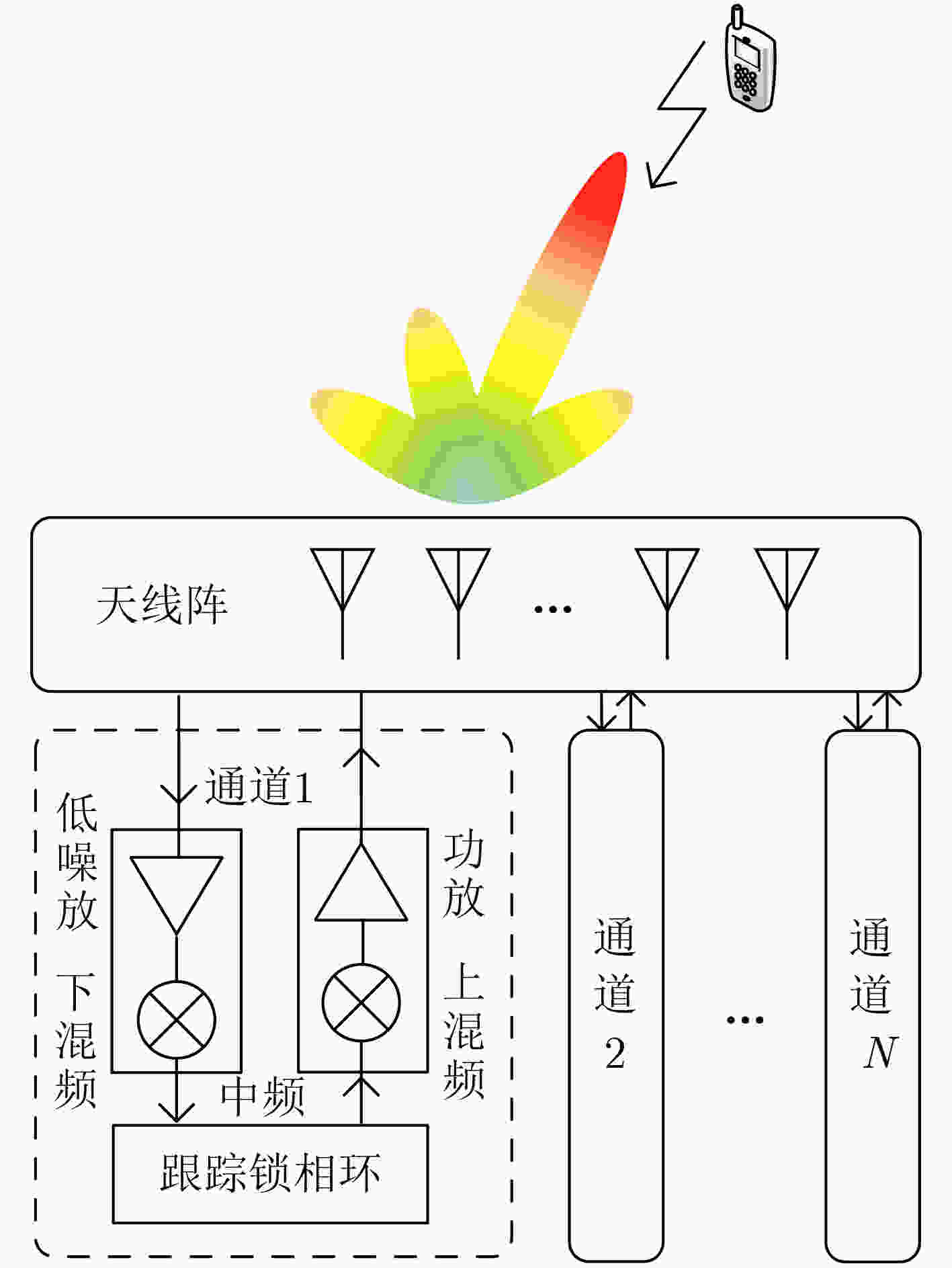

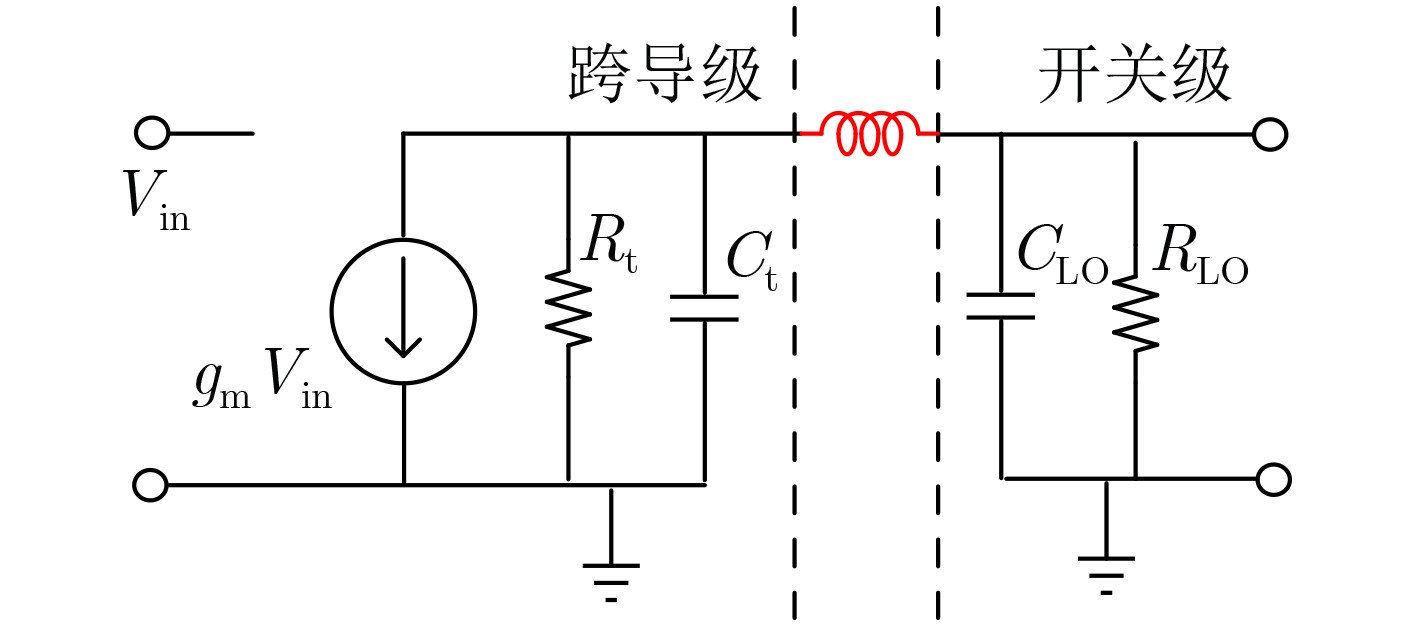
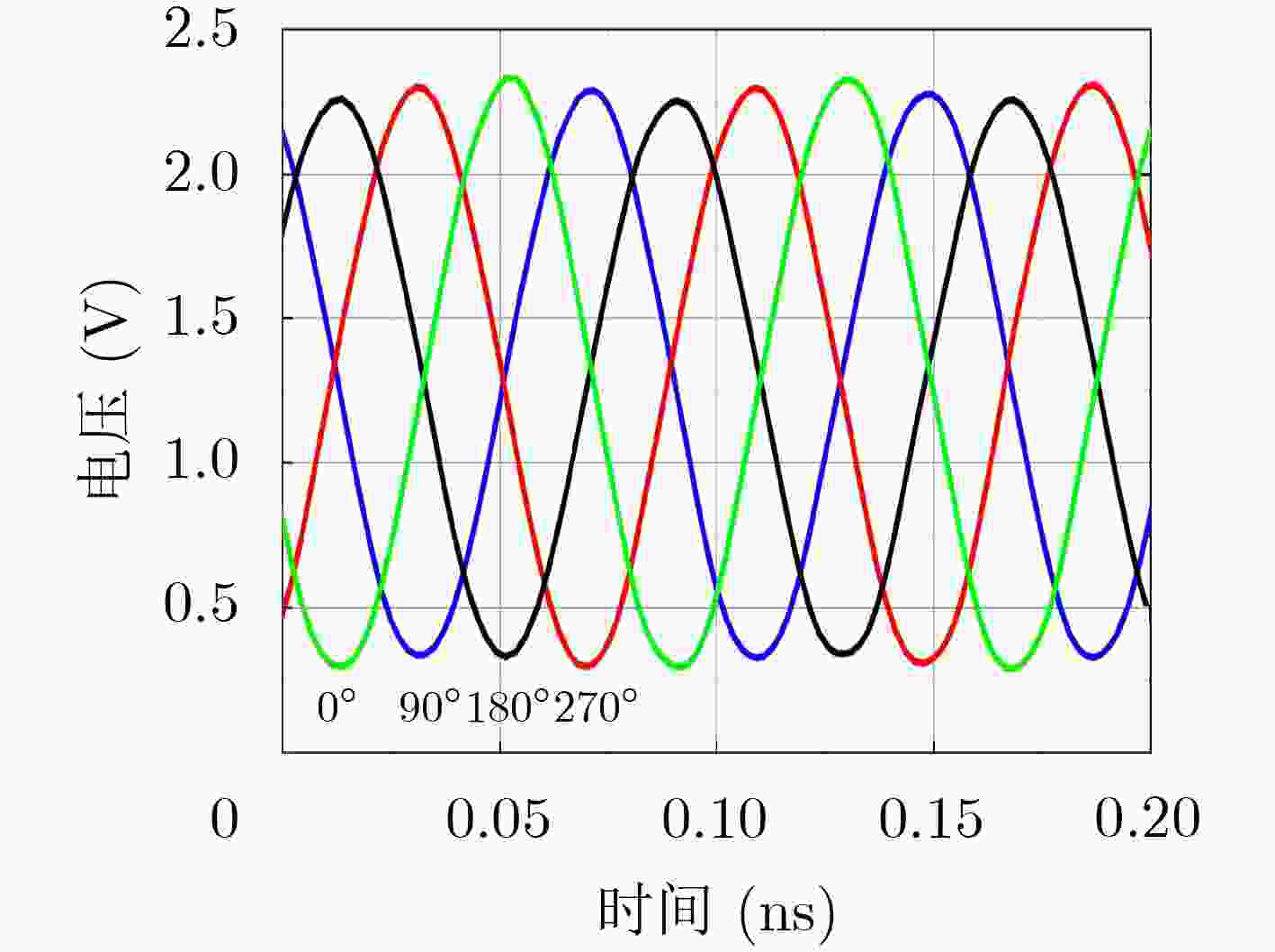

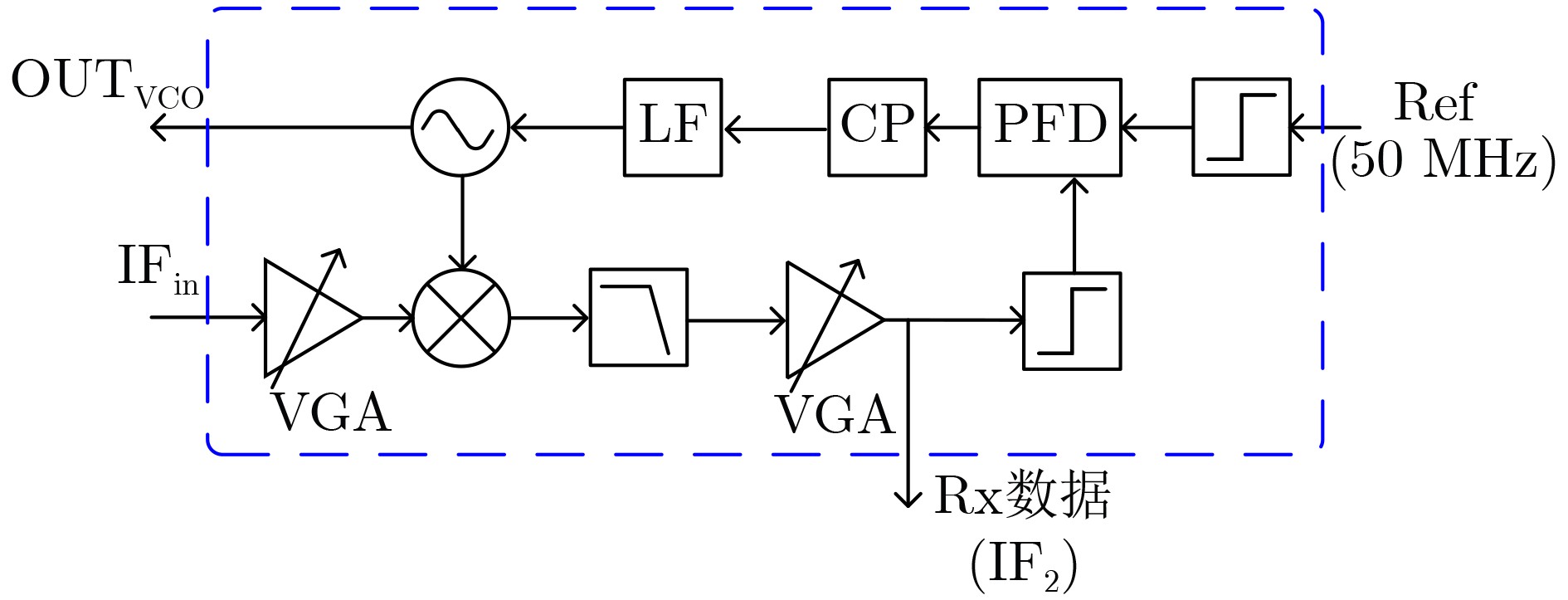







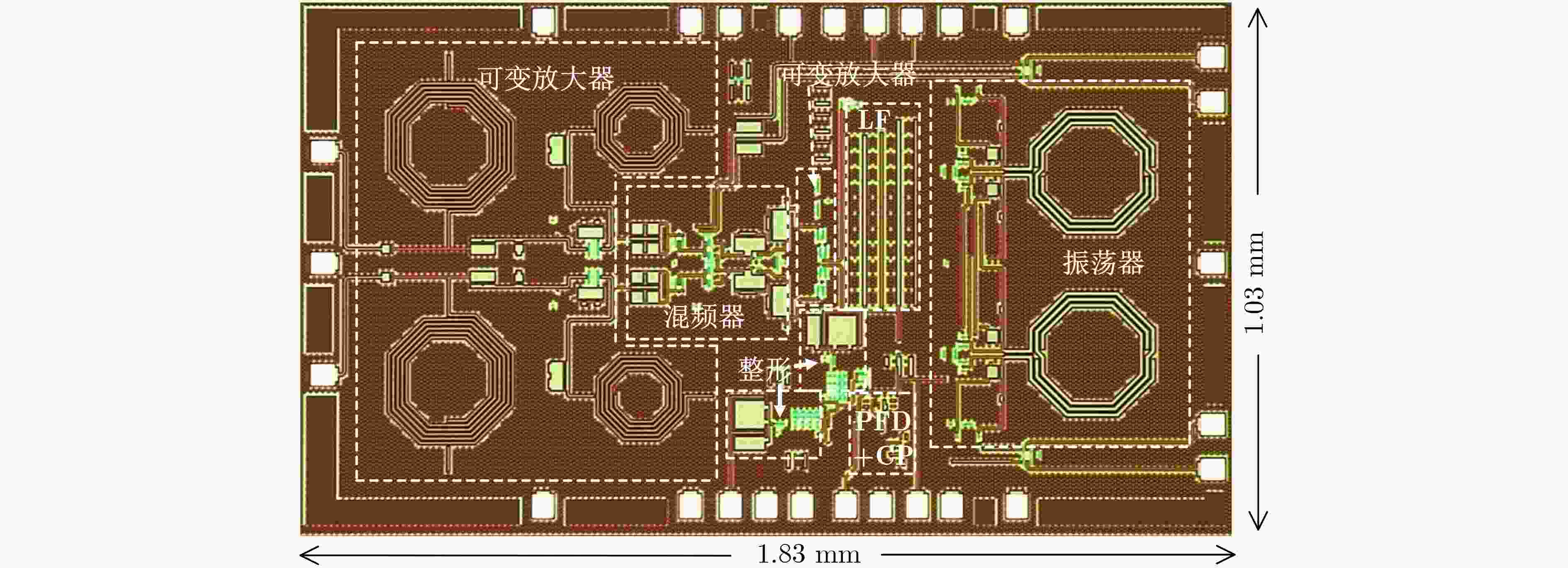
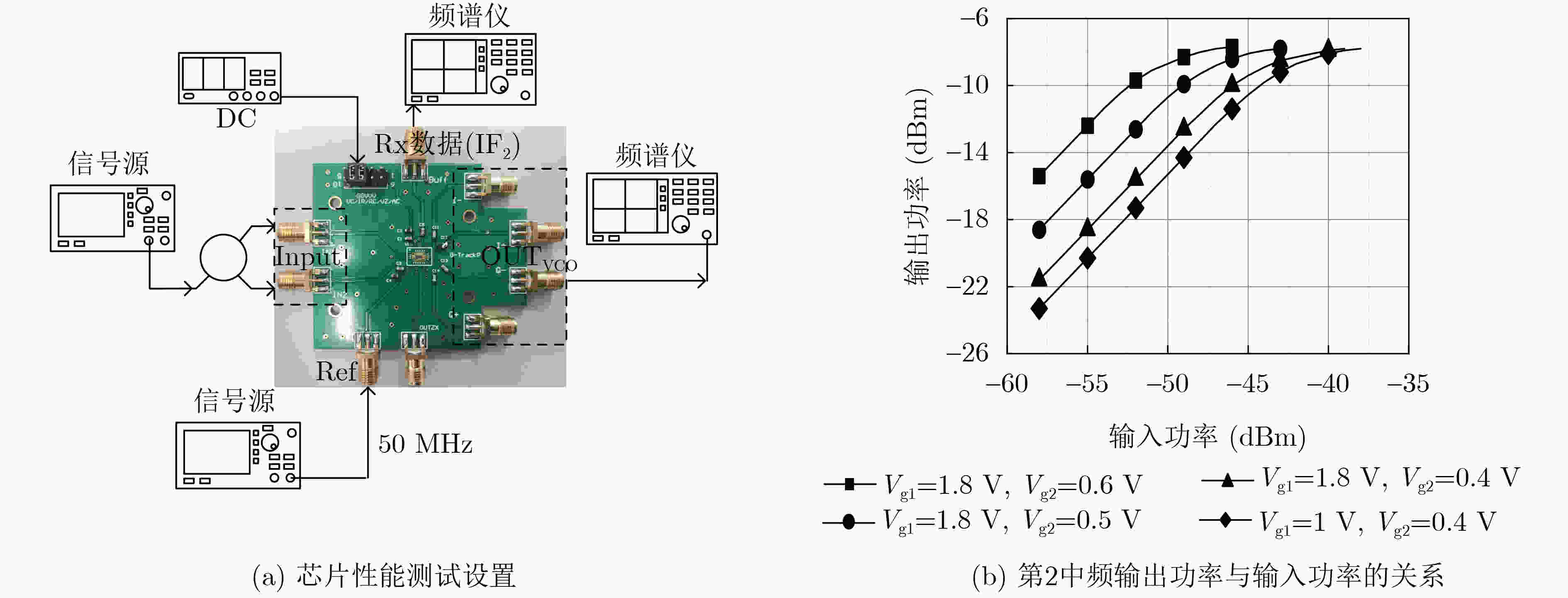

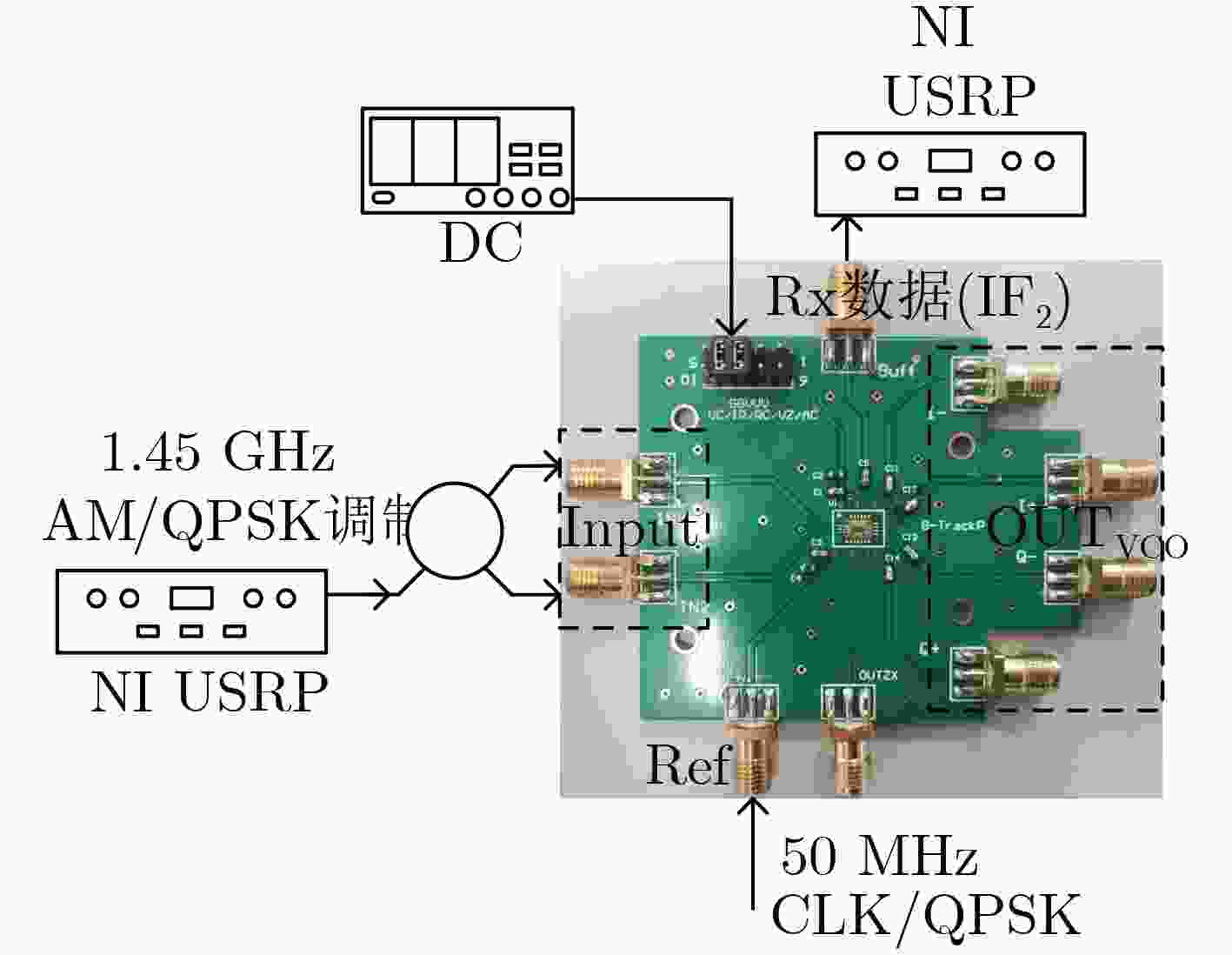

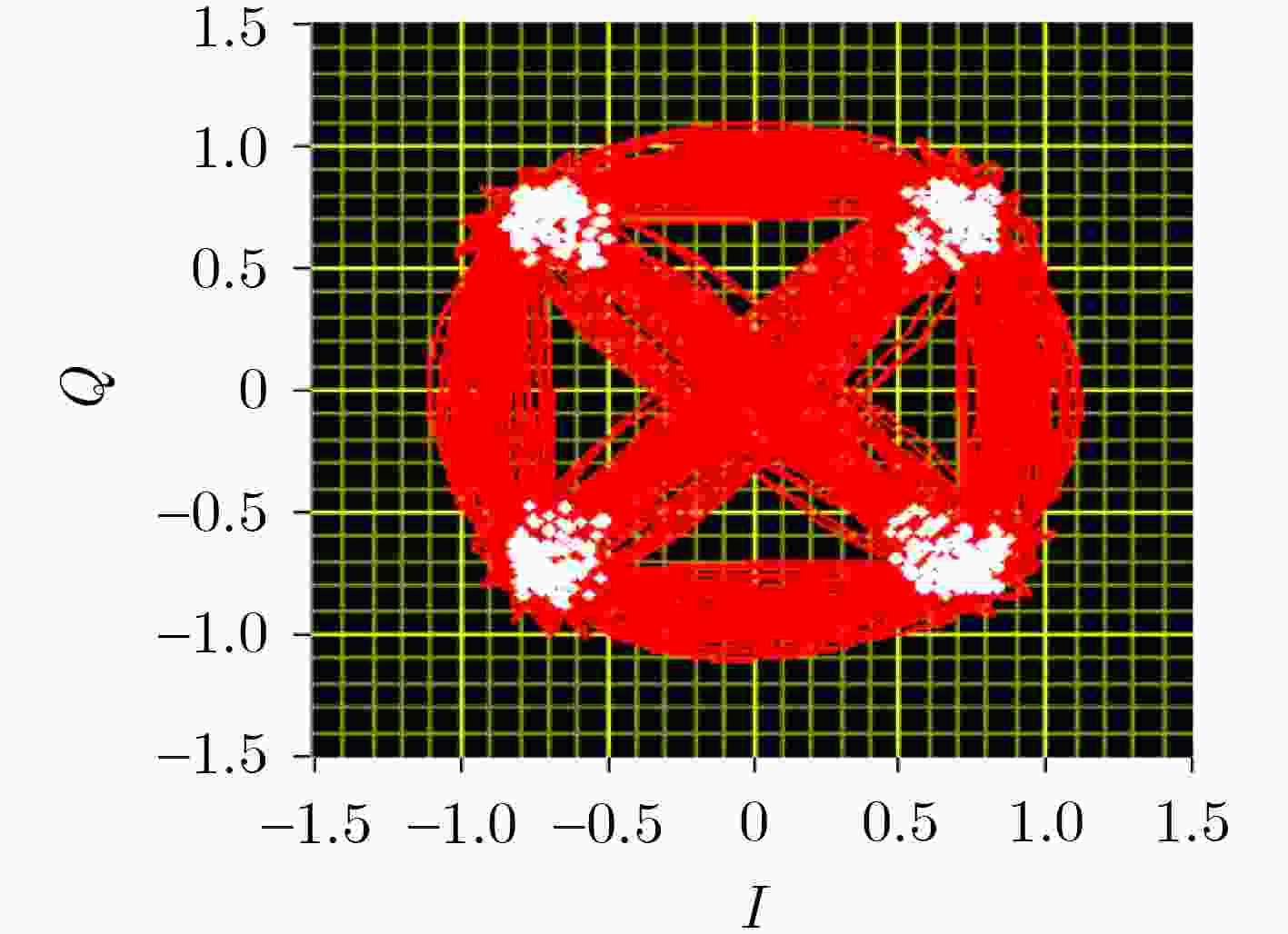


 下载:
下载:
